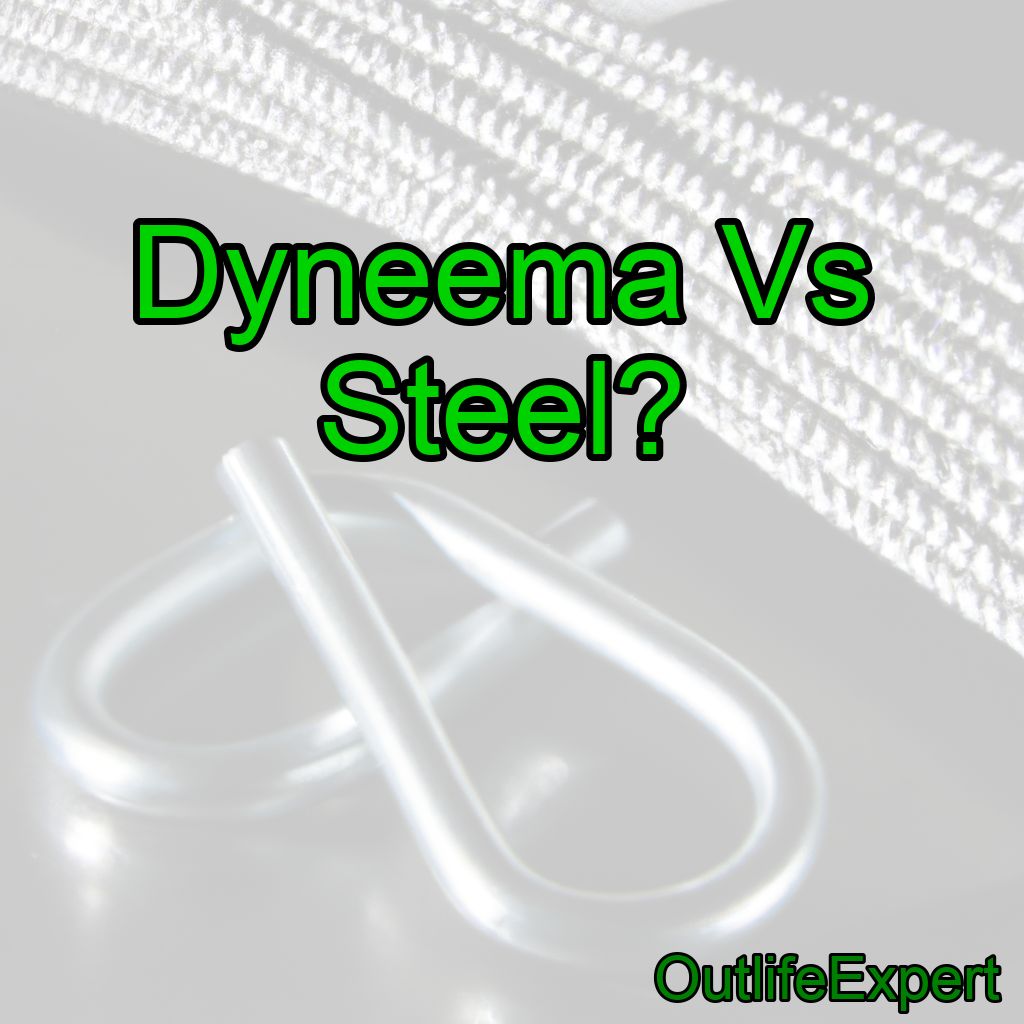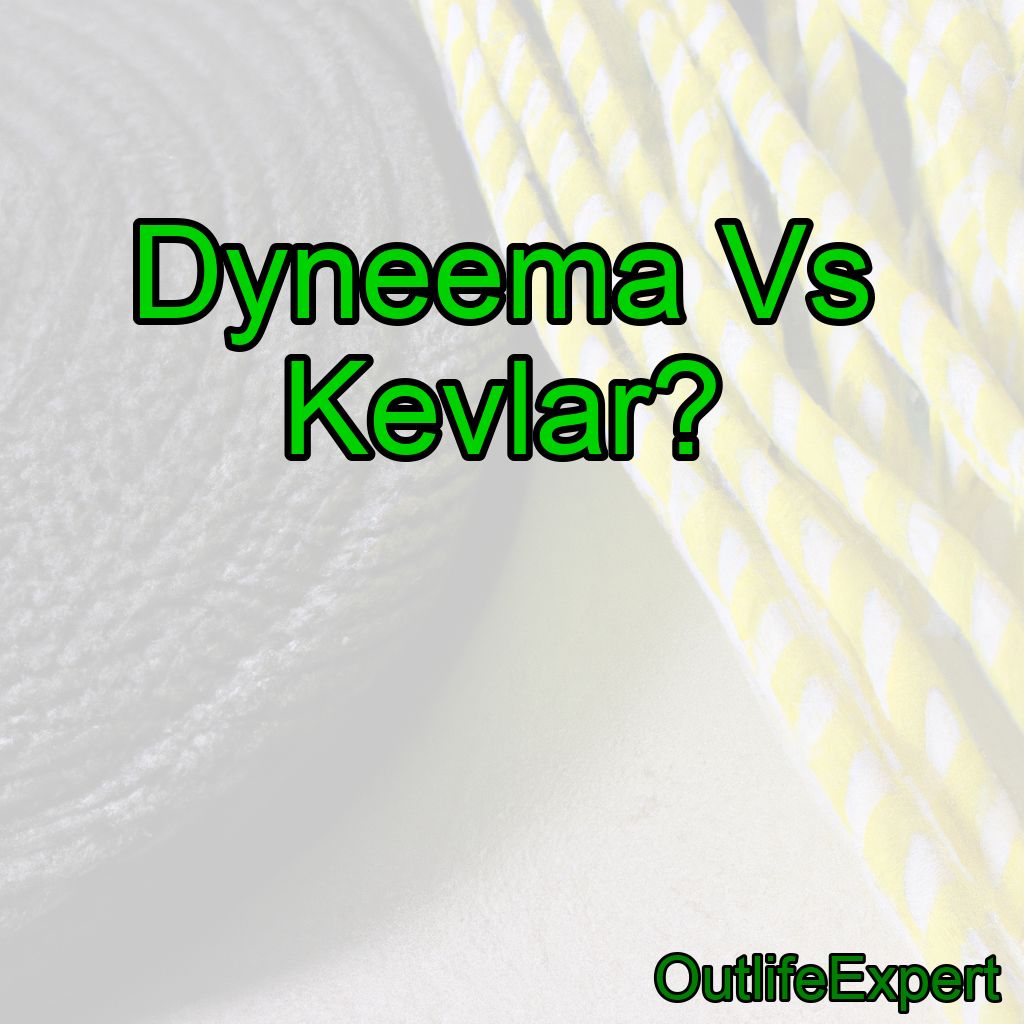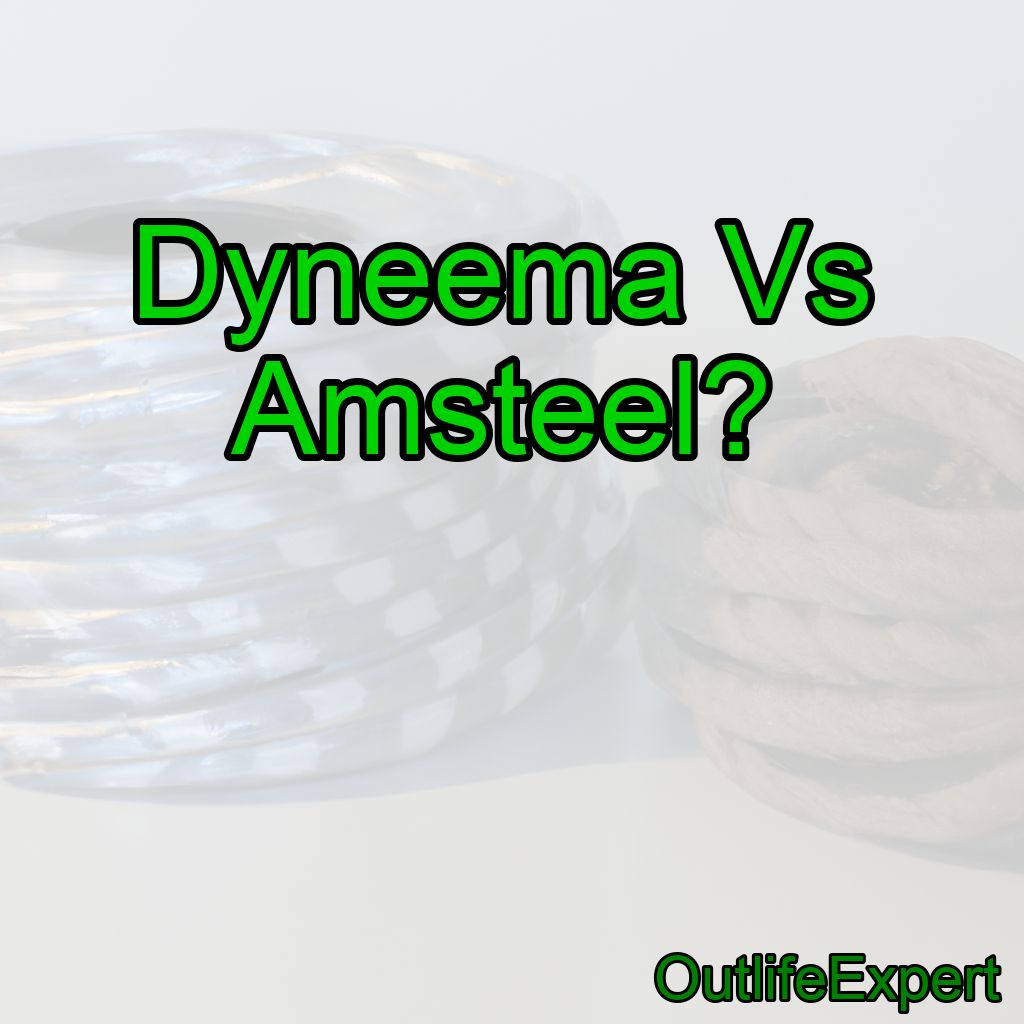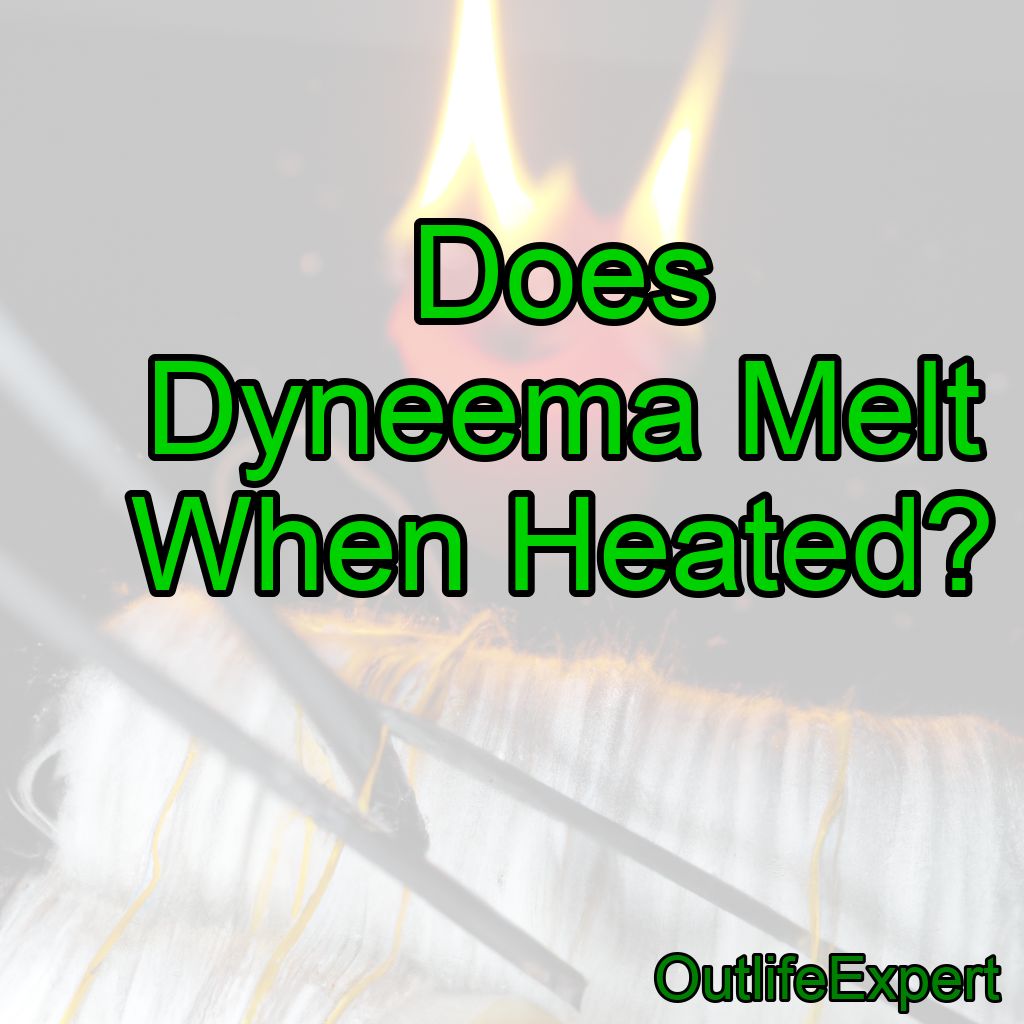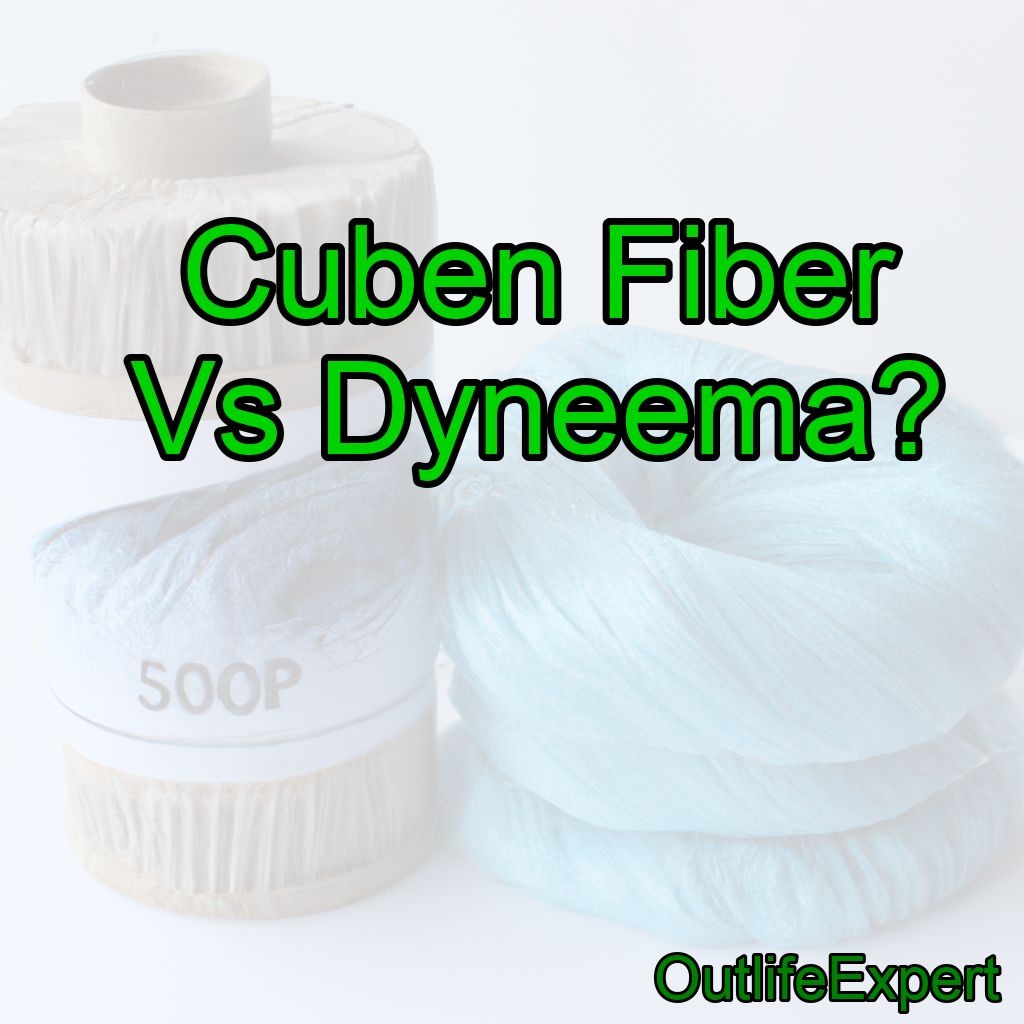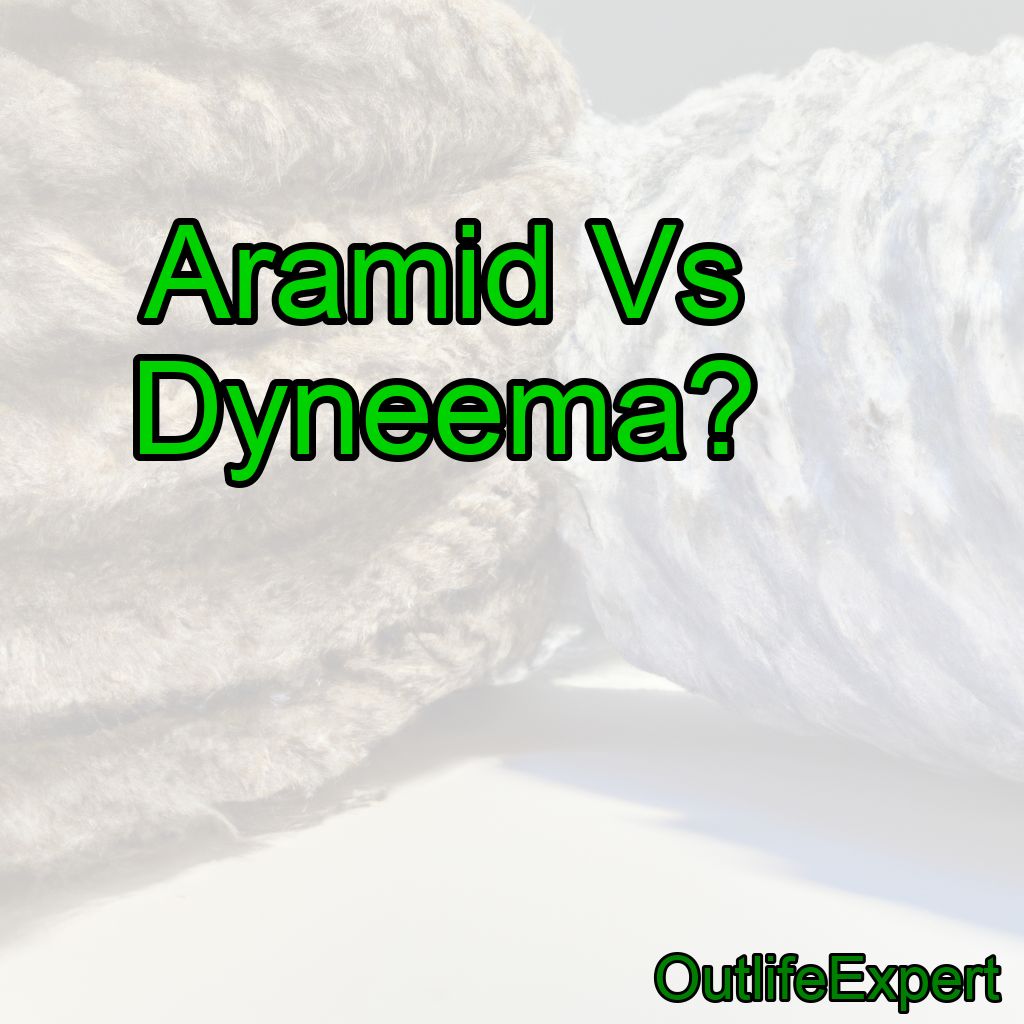Dyneema Vs Steel?
Dyneema vs Steel: Which is better? To answer this question, let’s first compare these two materials in various aspects, such as strength, weight, corrosion resistance, and versatility. Strength Dyneema Dyneema is an ultra-high molecular weight polyethylene (UHMWPE) fiber that boasts incredible strength. In fact, it’s considered to be the world’s strongest fiber, with a tensile…

